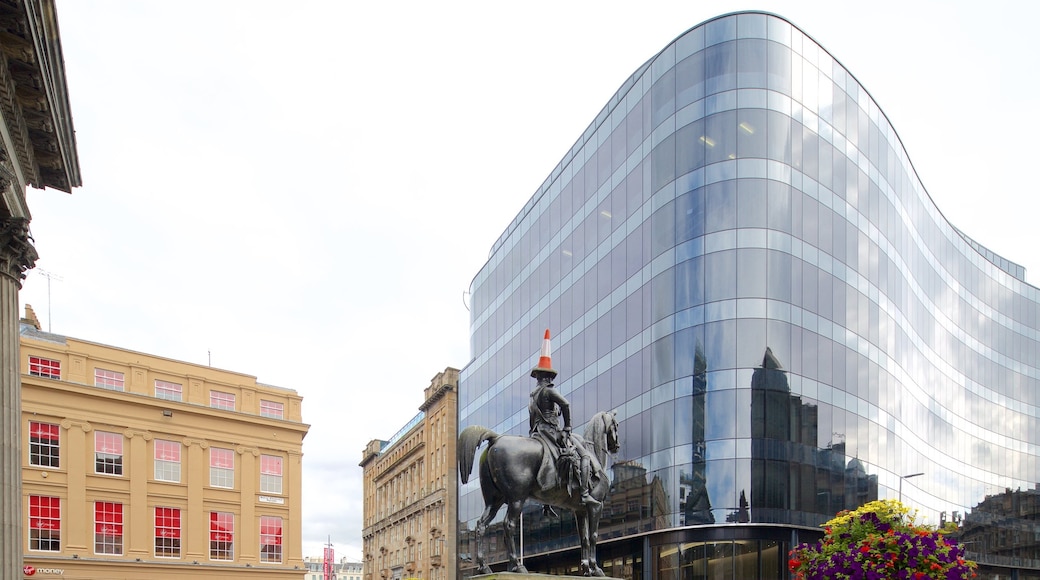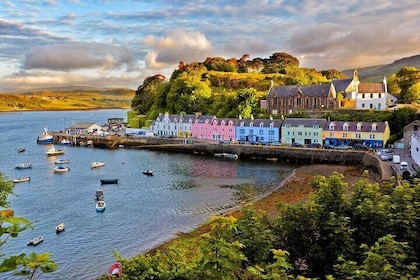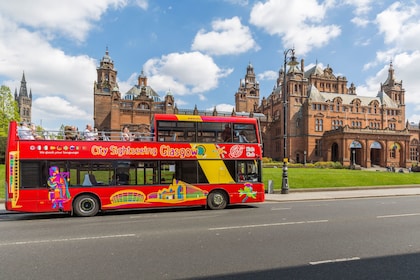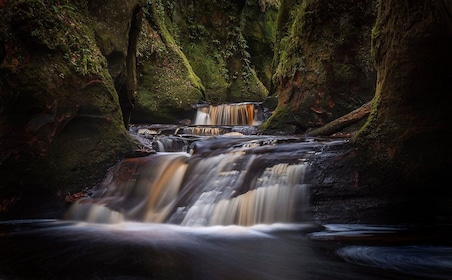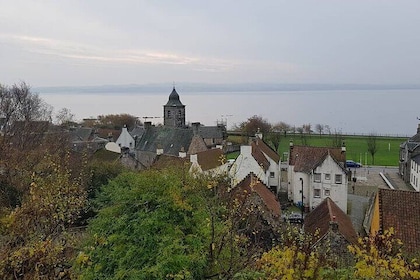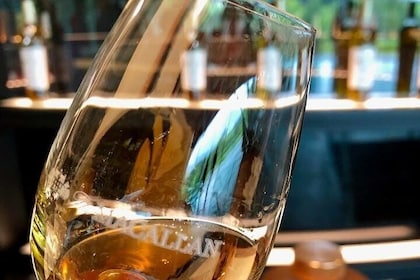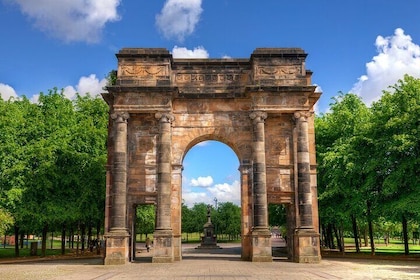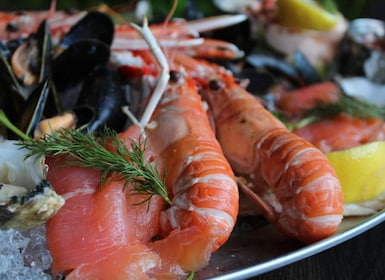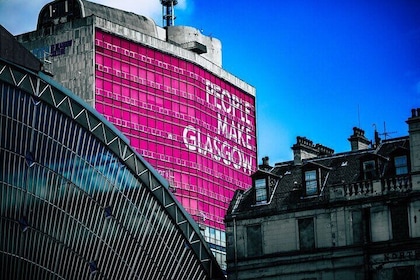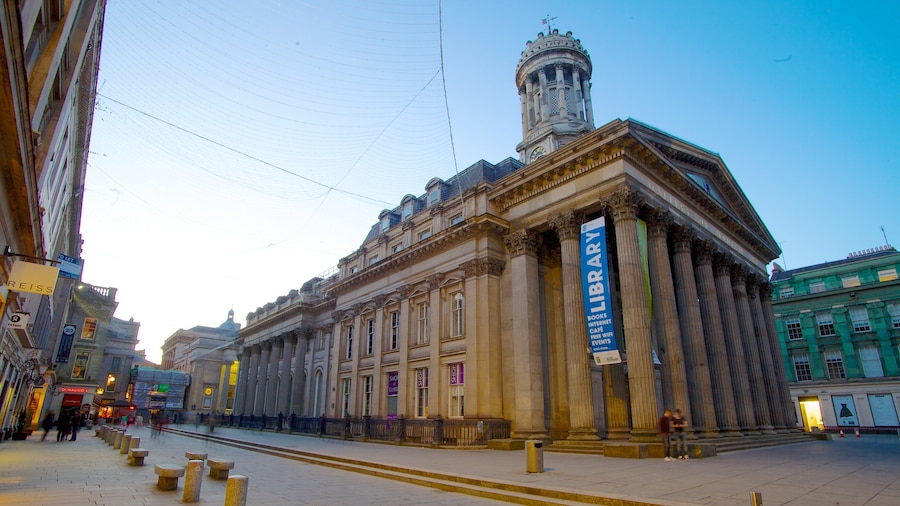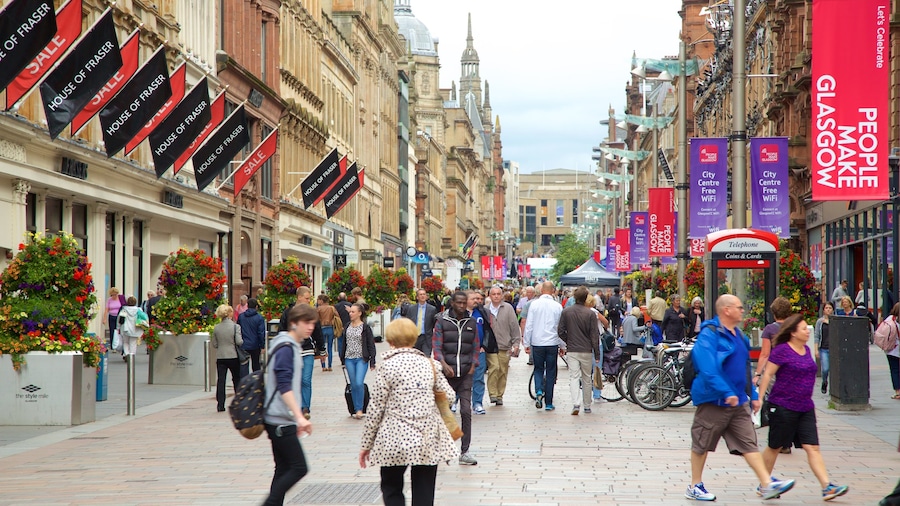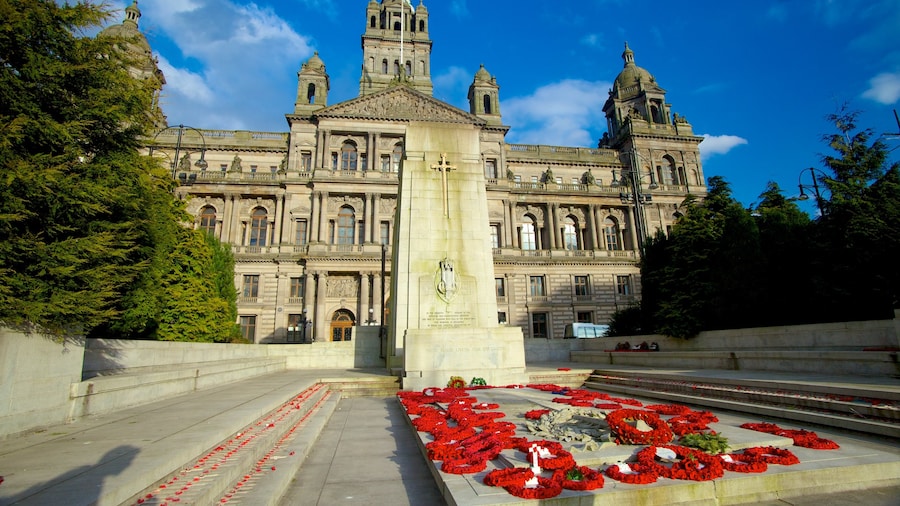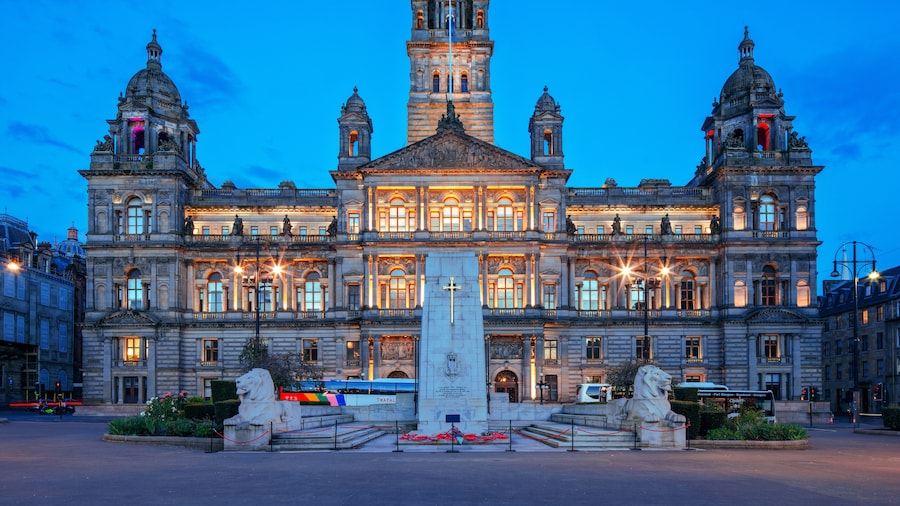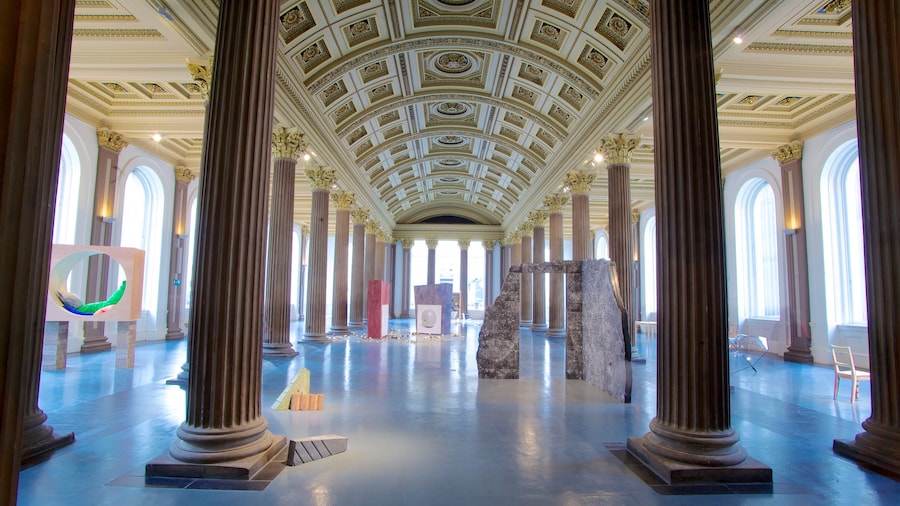One of Glasgow’s most iconic sights is a noble statue standing proudly by an art gallery, although the famous sculpture is now famed as a target for pranksters.
Glasgow’s Duke of Wellington statue has become an unexpected emblem of the city’s warm and mischievous sense of humor. Visit the sculpture, which stands outside the Gallery of Modern Art, to appreciate a fine piece of Victorian bronze sculpting. You will also notice, however, a traffic cone that is now a near-permanent feature on the head of this iconic Glaswegian artwork.
Italian artist Carlo Marochetti could not have foreseen the significance of his statue when he first erected it in 1844. Look at the plinth that holds the statue for details of the Battle of Waterloo, fought in 1815. The horse is said to be Copenhagen, Wellington’s favored steed.
In the 1980s, a traffic cone started appearing on the duke’s head and no one knows who began the tradition or why. Take a trip to see the dignified statue today and the cone is almost guaranteed to be there, as it is always replaced whenever it is removed.
In 2013, Glasgow City Council put plans in place to raise the plinth and discourage this behavior. A popular petition showed that locals much preferred seeing the duke wearing his unconventional hat and the council abandoned their plans. Picture the statue with the golden traffic cone that it briefly wore after Scotland’s success during the 2014 Commonwealth Games, which were hosted in Glasgow.
After you’ve taken a photo with the cone-headed nobleman, explore the surrounding area. Royal Exchange Square features second-hand bookstores, cafés and fashion stores.
Take some time to enjoy Glasgow Gallery of Modern Art, which hosts temporary exhibitions showcasing the work of Scottish and international contemporary artists. The gallery also offers an extensive library, a café and a gift shop that sells Duke of Wellington merchandise.
Stroll along to the Duke of Wellington statue at any time of year. The now iconic sculpture is in the very center of the city, only moments away from both Queen Street and Glasgow Central train stations and with multiple bus stops nearby.




